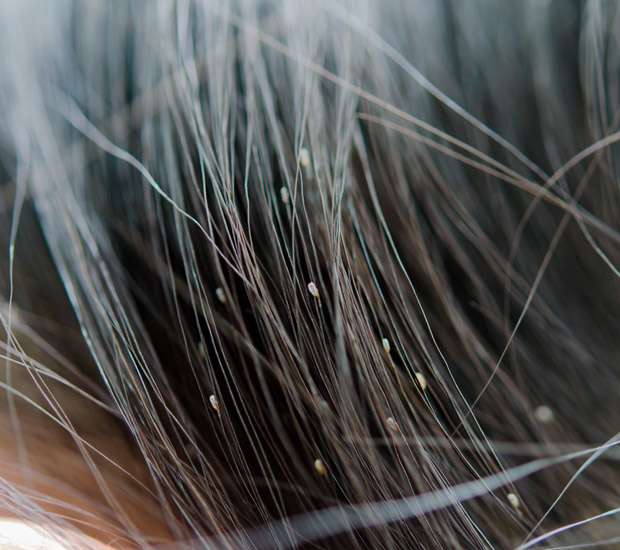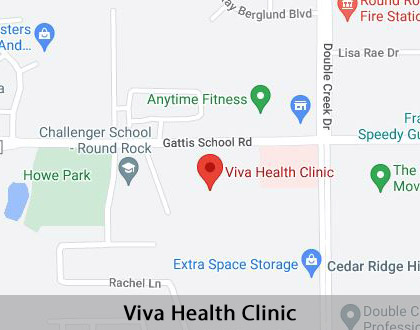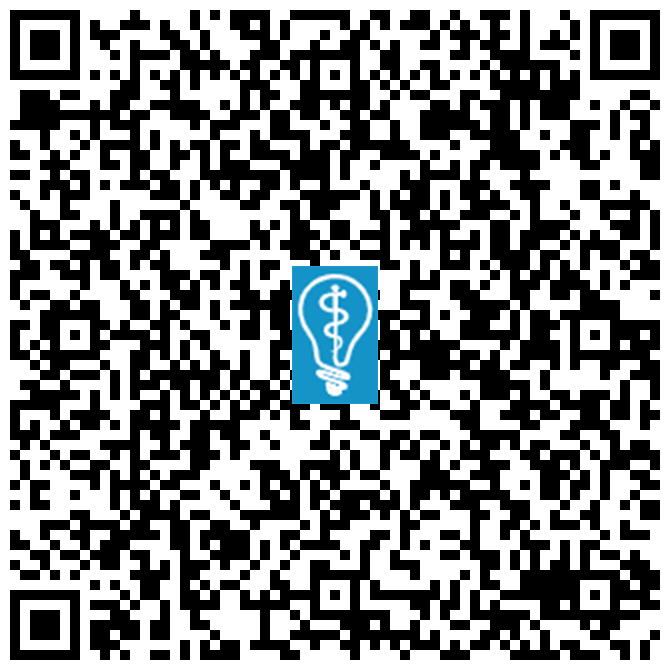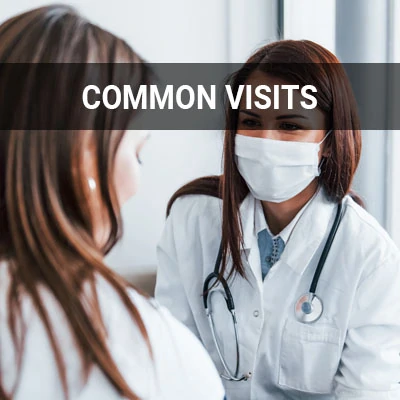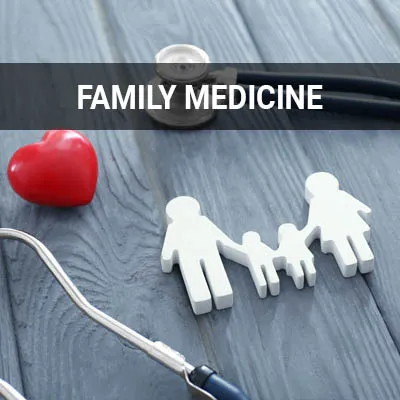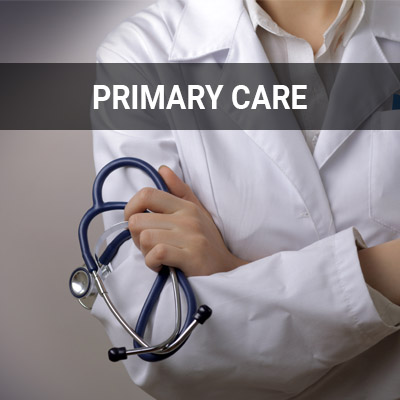Lice Infestation Treatment Round Rock, TX
Lice are small insects that can cause a multitude of symptoms and generally cause concern. Unfortunately, these tiny pests are common and can travel from person to person. A lice infestation can form in various places on the body but most commonly occur on the hair and scalp.
Lice treatment is available at Viva Health Clinic in Round Rock and the surrounding area. If you suspect that you or your child may have lice, visit our primary care practitioner to receive a diagnosis and treatment to get rid of these pests today. Call us at (512) 243-5872 to learn more about our services or schedule an appointment.
Risks for Lice Infestation
Head lice are common throughout the world and can affect anyone regardless of social or economic background. However, children are typically more likely to attract lice than adults, with males being affected more often than females. Ethnic background may also be a factor as studies have shown that these tiny bugs favor certain climates and hair structure and length.
Furthermore, body lice are common in lower-income countries where crowds and inadequate personal hygiene can facilitate the spread and multiplication of the parasite. Communal beds have a significant influence on the prevalence of body lice and their spread. Pubic lice are most common in sexually active teenagers and young adults with new or many recent partners.
“Head lice are common throughout the world and can affect anyone regardless of social or economic background.”
How Lice Appear
Head lice eggs look like oval capsules that may appear transparent until they become white and more visible after they hatch. After eight days, the baby lice, also called nymphs, turn into gray-white adult lice and can be 2 to 3 mm in length. Lice have structures that resemble a mouth, which they use to suck blood from the scalp or body. They also have well-adapted legs, especially skilled at grasping onto one's hair. Body lice look similar to head lice but are larger, up to three to four mm in length.
Pubic lice look different from both head and body lice. They are round and stubby as well as smaller in size — 0.8 to 1.2 mm. They are also transparent, making them difficult to see unless they have recently fed, in which they gain a reddish tone. Their legs also look different and end in crab-like claws, giving them the common name of crab lice.
“Head lice eggs look like oval capsules that may appear transparent until they become white and more visible after they hatch.”
How Lice Transfers
Head lice can move directly from the infected area to a person touching that infected part or object. Lice cannot jump or fly, and they do not use pets as carriers. Actions that can facilitate the spread include sharing hair dryers, combs, and towels. Body lice are different from head lice in that they can live and lay eggs in clothing and bedding.
Unlike head lice, body lice can live up to three days without feeding. This gives them time to transfer from one person's clothes or bedding to another person. Pubic lice are technically a sexually transmitted infection since they move from the pubic hair of one individual to another when they are in contact during sexual intercourse. It is less common but possible to encounter pubic lice from damp clothing, towels, or linens of an infected person.
“Head lice can move directly from the infected area to a person touching that infected part or object.”
Check out what others are saying about our primary care practitioner services on Yelp: Lice Infestation Treatment in Round Rock, TX
Lice Infestation Symptoms and Diagnosis
Symptoms of each type of lice vary depending on its location and severity. A primary care practitioner will examine the patient for evidence of eggs or adult lice. Lice can cause itching, which occurs as an allergic reaction from the lice saliva injected into the skin when they feed. According to the CDC, common symptoms of lice include:
- Itching, caused by an allergic reaction to the bites of the head louse
- Irritability and difficulty sleeping; head lice are most active in the dark
- Sores on the head caused by scratching
- Tickling feeling of something moving in the hair
If a patient comes to see our primary care practitioner with an itchy scalp, we will inspect their hair to see if there are any lice present. People with a lice infestation may have a high concentration of eggs found within the hair and on the scalp. Body lice have a similar diagnosis to head lice, but the practitioner will look for lice in clothing seams instead of the hair. Occasionally, the practitioner may find body lice living or feeding on the skin, indicating a more severe infestation.
“Symptoms of each type of lice vary depending on its location and severity.”
Questions Answered on This Page
Q. What factors can increase the risk of developing a lice infestation?
Q. How do the different types of lice differ in appearance?
Q. How do lice transfer from one person to another?
Q. What are the symptoms of a lice infestation?
Q. How can a primary care practitioner treat a lice infestation?
People Also Ask
Q. What types of reactions can occur from bites and stings?
Q. What are some of the most common conditions treated by a primary care provider?
Treating Lice Infestations
Our primary care practitioner can prescribe topical creams or shampoos for patients with head lice to target the insects and eliminate them. If the infestation is particularly severe or reoccurring, the practitioner can also prescribe an oral medication. For pubic lice, the treatment is similar and calls for topical creams or shampoos that kill the lice. However, these lice are more resistant and may take longer to treat or require several treatments to eradicate the infestation.
For body lice, most patients will be educated on the proper methods of exterminating the insects without medication. These include bathing thoroughly and washing all clothes and bedding in high temperatures of at least 130° F water. In addition, patients may receive a topical lotion or cream for more severe infestations where lice are found on the skin.
“Our primary care practitioner can prescribe topical creams or shampoos for patients with head lice to target the insects and eliminate them.”
Frequently Asked Questions
Q. Is a lice infestation required to be reported to schools and workplaces?
A. It is not mandatory to report lice infestations to a school or workplace. However, it is highly recommended as they are extremely contagious. Most schools ask parents to keep their children at home when experiencing a lice infestation to keep the other children from risk.
Q. What is the standard school policy on lice?
A. Students with nits and lice do not need to be sent back home from school. Lice tend to stay close to the hair shaft, making it extremely difficult to spread it during school hours, especially when the child's hair is pulled back. Every school district can apply the "no-nit" policy under their discretion.
Q. Can lice spread diseases?
A. Head lice should not be considered a medical or public health hazard as it is not known to spread disease. However, head lice can be an annoyance because their presence may cause itching and loss of sleep. Sometimes the itching can lead to excessive scratching that can sometimes increase the chance of a secondary skin infection.
Q. How long can lice survive if untreated?
A. Lice can only survive by feeding on human blood. They can live on a person's head for up to 30 days but cannot survive longer than one or two days once it falls off. Female lice lay about six eggs each day, multiplying the number of adult lice feedings without progressive treatment.
Q. How can I treat lice at home?
A. The first way to treat or eliminate lice at home is by wet combing or using a fine-toothed comb on wet hair to remove the adult lice and eggs. Essential oils, such as tea tree oil, can aid in suffocating and killing lice and eggs. Many types of medicated shampoos can both remove and kill lice over time and oral medications such as antiparasitics.
Start Feeling Better – Visit Us Today
By visiting us as soon as possible, our team can help get you the professional treatment you need. Instead of waiting around and allowing the symptoms to get worse, we can provide you with treatment options.
Definition of Medical Terminology
Call Us Today
If you have a lice infestation, do not hesitate to seek treatment. Our team at Viva Health Clinic can help. Call us today at 512-243-5872 to learn more about our services or schedule an appointment.
Helpful Related Links
- American Academy of Family Practitioners. American Academy of Family Practitioners. 2023
- American Academy of Pediatrics (AAP). American Academy of Pediatrics (AAP). 2023
- American Journal of Medicine. American Journal of Medicine. 2023
- American Medical Association (AMA). American Medical Association (AMA). 2023
- Stanford Children’s Health. Stanford Children’s Health. 2023
- The AAP Parenting Website. The AAP Parenting Website. 2023
About our business and website security
- Viva Health Clinic was established in 2023.
- We accept the following payment methods: American Express, Cash, Discover, MasterCard, and Visa
- We serve patients from the following counties: Williamson, Travis, McLennan
- We serve patients from the following cities: Pflugerville, Austin, Kyle, Waco, Leander, Cedar Park, Bastrop, Round Rock, Georgetown, Hutto, Liberty Hill, and Taylor
- National Provider Identifier Database (1104428416). View NPI Registry Information
- Norton Safe Web. View Details
- Trend Micro Site Safety Center. View Details
Back to top of Lice Infestation Treatment
